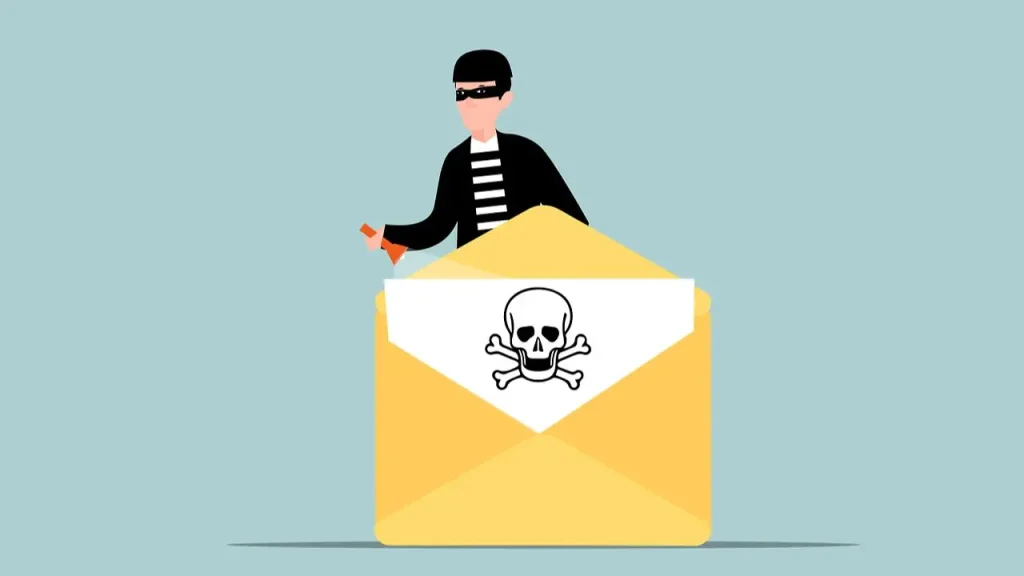Managing unwanted emails has become a common challenge for many individuals. A puzzling issue arises when people try to unsubscribe from spam emails that they never signed up for, only to encounter the same messages repeatedly. Robert from Danville, Virginia, recently voiced this concern, highlighting the frustrations many feel regarding unsolicited emails. While the concept of unsubscribing seems straightforward, the reality is more complex, and there are certain pitfalls to be aware of when handling such spam messages.
| Article Subheadings |
|---|
| 1) Understanding the Unsubscribe Mechanism |
| 2) The Risks of Clicking Unsubscribe |
| 3) Effective Alternatives to Unsubscribing |
| 4) Using Temporary Email Solutions |
| 5) Long-Term Strategies for Email Management |
Understanding the Unsubscribe Mechanism
The process of unsubscribing from emails is typically straightforward; however, the effectiveness can vary based on the nature of the email. Legitimate businesses adhere to strict email marketing regulations, thus providing valid unsubscribe options. When a user clicks the unsubscribe link in emails from these businesses, they usually get removed from the mailing list. On the other hand, spam emails often come from unknown sources that may not honor unsubscribe requests. This distinction is crucial as it informs users about the potential risks involved in clicking unsubscribe links.
The Risks of Clicking Unsubscribe
Clicking unsubscribe is not always the safest option, especially when dealing with spam emails. Scammers often use deceptive unsubscribe links to confirm that your email address is active, which may lead to even more spam. Recognizing when to avoid clicking these links can save users a lot of trouble. It’s advisable to refrain from clicking unsubscribe if the sender is unknown, the content seems suspicious, or if there are noticeable errors in the email such as poor grammar or odd formatting. In these situations, instead of reducing spam, users might inadvertently raise their profile among scammers.
Effective Alternatives to Unsubscribing
There are several effective strategies that can be employed to combat unwanted emails without resorting to clicking unsubscribe. Marking an email as spam or phishing using your email provider’s built-in functionalities can significantly help. This feature trains your inbox by identifying spam sources, making it easier to filter unwanted content in the future. Additionally, blocking senders can serve as a short-term solution, although it is important to remember that spammers frequently change their email addresses. Overall, users should utilize their email provider’s reporting tools instead of relying solely on unsubscribe options.
Using Temporary Email Solutions
For users looking to maintain privacy while minimizing spam, temporary email services are increasingly popular. These services create disposable email addresses that help shield your primary inbox from unwanted messages. They are especially useful for quick sign-ups that may lead to spam, such as free trials or giveaways. When the time comes, you can easily delete the temporary email without affecting your main account. Many email providers, such as Gmail, offer innovative features enabling users to create variations of their existing email address, allowing for better tracking of subscriptions and sources of spam.
Long-Term Strategies for Email Management
Moving beyond temporary fixes, users can adopt longer-term strategies to manage their inbox effectively. Upgrading to spam-filtering services or using dedicated alias email addresses allows for more control over who can communicate with you. This not only protects your primary email but also ensures that you remain organized. Implementing practices like creating specific aliases for different subscriptions and using services that provide anonymous emails can vastly improve one’s email experience. Tracking where your email address is shared can help identify potential leaks or sources of spam.
| No. | Key Points |
|---|---|
| 1 | Unsubscribing from legitimate emails is generally safe and compliant with regulations. |
| 2 | Clicking unsubscribe in spam emails can confirm your email address is active. |
| 3 | Reporting spam is often more effective than unsubscribing from junk emails. |
| 4 | Temporary email services can help protect your personal inbox from spam. |
| 5 | Utilizing alias email addresses can greatly enhance email organization and privacy. |
Summary
Navigating the complexities of unwanted emails requires an understanding of both the risks and the effective strategies at one’s disposal. While unsubscribing might work in some cases, it is generally safer to mark suspicious emails as spam and utilize privacy-focused tools and practices. By employing strategies such as disposable email addresses and blocking unwanted senders, users can maintain a cleaner and more organized inbox while protecting their personal information.
Frequently Asked Questions
Question: What should I do if I receive spam emails?
If you receive spam emails, report them as spam through your email provider and avoid clicking any links. This helps train your email system to recognize similar messages in the future.
Question: Is it safe to unsubscribe from emails I didn’t sign up for?
Generally, it’s not safe to unsubscribe from unsolicited emails as it may confirm your email address is active, possibly leading to more spam.
Question: How can I manage spam effectively?
To manage spam effectively, using built-in spam filters, blocking senders, and creating temporary or alias email addresses can significantly enhance your email experience.
